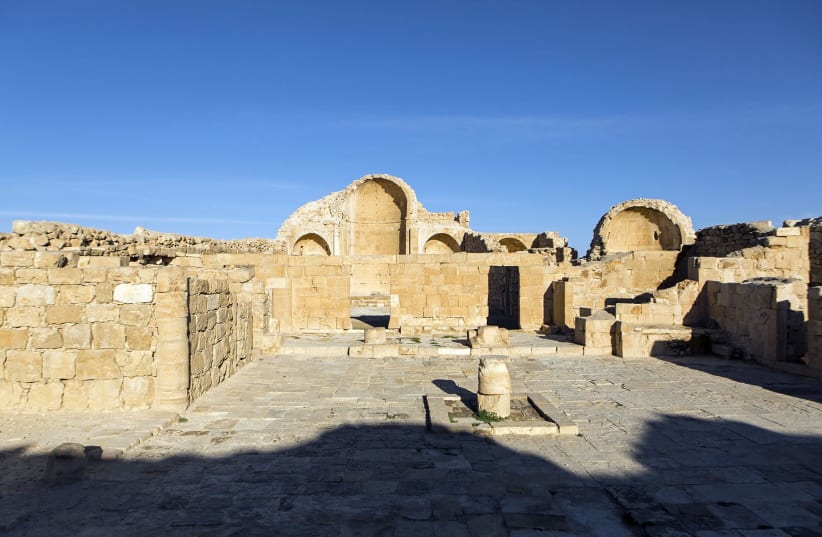In the first centuries CE, several Christian settlements flourished in the Negev Desert, and their agriculture thrived. How did those ancient communities manage to tame the inhospitable environment? And what caused their decline at the end of the Byzantine period?
A research project by a group of Israeli archaeologists, whose results are being published in several papers, is addressing the question of what life in the desert was like 1,500 years ago. However, many issues remain a mystery, according to Yotam Tepper, a postdoctoral fellow at the University of Haifa’s Zinman Institute of Archaeology and an archaeologist at the Israel Antiquities Authority.
He is part of the University of Haifa project led by Prof. Guy Bar-Oz and is a co-author of several papers published on the topic.
“We are trying to understand why the settlements in the Negev collapsed at the end of the Byzantine period,” Tepper told The Jerusalem Post. “We are considering several hypotheses, from a phenomenon of climate change to a plague, to the effects of the Arab conquest around 630-634 CE. However, it is hard to come to a definite conclusion, especially because different communities were abandoned in different times.”
For a long time, researchers believed those settlements – Halutza, Shivta, Rehovot and more – were Nabatean, established by the pagan, nomadic people who lived in the southern Levant and Saudi Arabia in antiquity, he said. However, many researchers, including his team, now identify them as Byzantine agricultural communities, established starting from the second century CE as the Romans annexed Arabia.
The remains of Shivta are especially well-preserved and offer the archaeologist an exceptional glimpse of the daily life in those centuries. Around 2,000 people probably lived in the settlement, where the ruins of several churches do not leave any doubt about the identity of those who lived there, Tepper said, adding that no sign of Jewish life was uncovered at the site.
Remains of more than 170 houses also were revealed by the researchers, together with many agricultural installations, including dams, cisterns, wine presses and a few pigeon towers in the environment of the village, he said.
“Pigeon manure is an extremely effective fertilizer,” Tepper said. “Byzantine farmers developed a very sophisticated agriculture. But if the Negev was as arid as it is today, understanding how it was possible to develop such a flourishing agricultural system is the million-dollar question. And we are not just talking about how they managed to find enough water for the fields and the cattle, but also to sustain the life of the inhabitants themselves.”
The presence of wine presses suggests they grew grapevines, while in the trash pits near the houses, archaeologists were able to identify other sorts of seeds and plants, Tepper said.
“Of course, it is possible that back then, the Negev was wetter than it is today,” he said, adding that even a few millimeters of extra rain could have made a difference.
However, specific studies conducted to investigate whether the desert was greener during those centuries excluded it, according to the paper published in Scientific Reports.
The issue of what the Negev looked like 1,500 years ago is connected to what brought about the collapse of the Christian communities, Tepper said.
“It is possible that it was not an individual factor that led to the end of these settlements but a combination of events,” he said. “We are still researching. Something happened in the Negev, but exactly what remains an enigma.”
